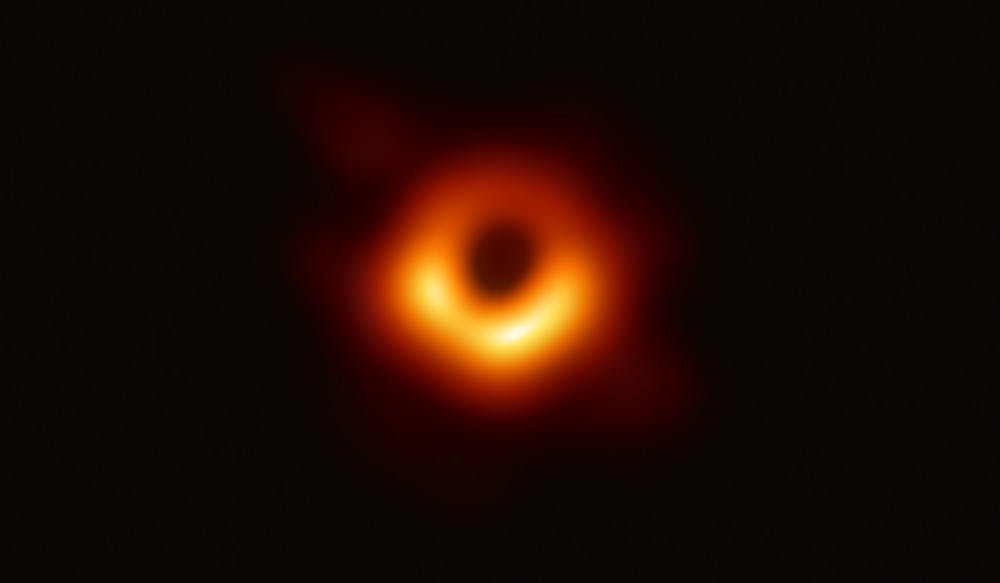Katie Bouman — a Massachusetts Institute of Technology graduate student — captured the first image of a black hole Wednesday, April 10. Her imaging discovery was possible due to high-frequency superconducting detectors developed by U.Va. researchers and the National Radio Astronomy Observatory.
A black hole is composed of large regions of space in which neither objects nor light cannot come out of it.
“A black hole is the ultimate fate of material which is pulled together by gravity, and if gravity gets to be strong enough, it will crush everything down essentially to a point and that point is surrounded by a … surface in space called the event horizon and everything that enters that can never come out again,” said Craig Sarazin, astronomy professor and department chair.
The exploration of black holes began out of an instinctual drive to explore and understand the world, according to Arthur Lichtenberger, professor of electrical and computer engineering and the director of U.Va. Microfabrication Laboratories,in an email to The Cavalier Daily.
“The practical impact of basic science is seldom well known until well after the basic science project is completed,” Lichtenberger said.
In order to image these cavities in space, researchers required a specific type of detector due to the small size of the object being imaged and the incredibly vast distance between the Earth and the black hole.
“[Since a] very faint signal of electromagnetic energy [is] reaching the earth, the most sensitive detector must be used,” Lichtenberger said.
UVML is known for their excellence in the creation of high-frequency devices, materials, systems and circuits, some of which focus on detecting weak electromagnetic energy entering through the Earth’s atmosphere. According to Lichtenberger, UVML developed all of the equipment used in mapping the black hole except two of the high frequency 230-GHz superconducting based superconductor-insulator-superconductor mixer — SIS detectors — with the help of NRAO.
“This [development] includes all ~156 SIS mixers on Atacama Large Millimeter Array (ALMA- the international and biggest land-based radio astronomy observatory in the world), and two each on the Arizona Submillimeter Telescope (SMT also called the Heinrich Hertz Telescope), the UMass Large Millimeter Telescope (LMT) in Mexico, and the South Pole Telescope,” Lichtenberger said.
These mixers are known as the “heart of the radio astronomical telescope” since they are the first electronics to be able to see and “operate” on the electromagnetic signal before the University’s creation of detectors, according to Lichtenberger.
“The U.Va. detectors translate (while only introducing a quantum-level of noise) the extremely weak, 230 GHz frequency information from the black hole gases to lower frequency information where amplifiers can boost the signal levels” Lichtenberger said.
According to both Sarazin and Lichtenberger, the image of the black hole confirmed not only the theories before its depiction but also its existence in the universe.
“What that image does is show us that we have the correct understanding of basically how black holes work and that they really do exist,” Sarazin said.
Lichtenberger also said, “The existence of black holes, provided further confirmation of Einstein’s theories on relativity and also enabled astronomers to measure the mass of the black hole.”
Continuing their collaboration with NRAO, researchers led by Lichtenberger and fellow engineering Prof. Robert Weikle are working on their second generation of superconducting detectors with lower noise and larger bandwidth for both the astronomical community and the ALMA — the largest radio astronomy observatory in the world.
Correction: This article previously misspelled Craig Sarazin's last name, and has been updated with the correct spelling.







